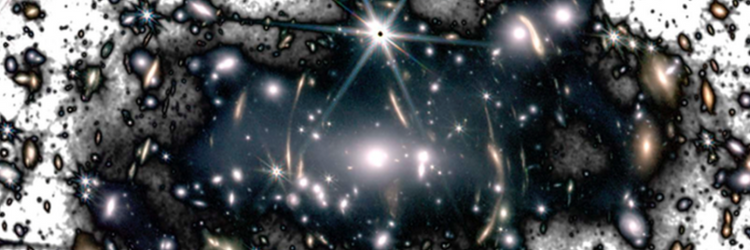James Webb Finds Ghostly Light in Galaxy Clusters
In galaxy clusters, tremendous tidal forces pull out a fraction of stars that wander off into intergalactic space. The faint light emitted by these stars is called intracluster light (ICL) and has a brightness of less than 1% of the brightness of the darkest sky we can observe from Earth.
Infrared wavelengths allow us to explore clusters of galaxies in a different way. Researchers have been able to explore the intracluster light from SMACS-J0723.3-7327 with an unprecedented level of detail. Images from the center of this cluster are twice as deep as the previous images obtained by the Hubble Space Telescope.
The researchers developed new analysis techniques, which include extra processing of the JWST images. By analyzing the diffuse light, astronomers found that the inner parts of the cluster are being formed by a merger of massive galaxies, while the outer parts are due to the accretion of galaxies similar to our Milky Way. The stars which emit the intracluster light follow the cluster’s gravitational field, making this light an excellent tracer of the distribution of the dark matter in the structures.

